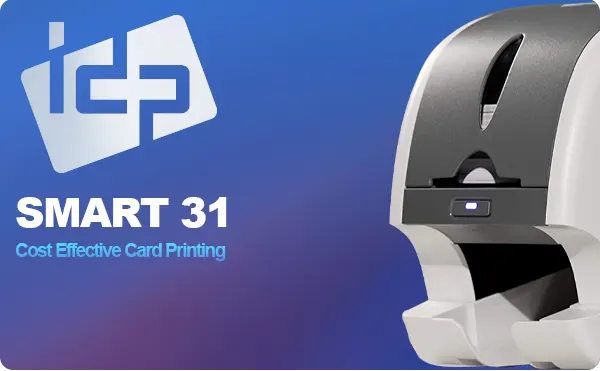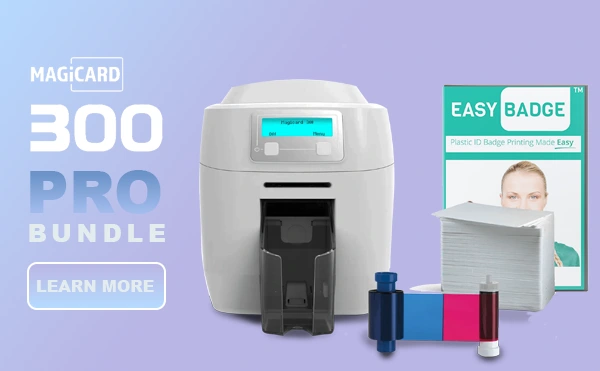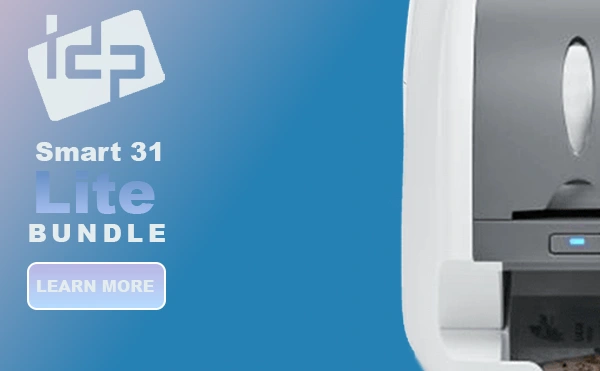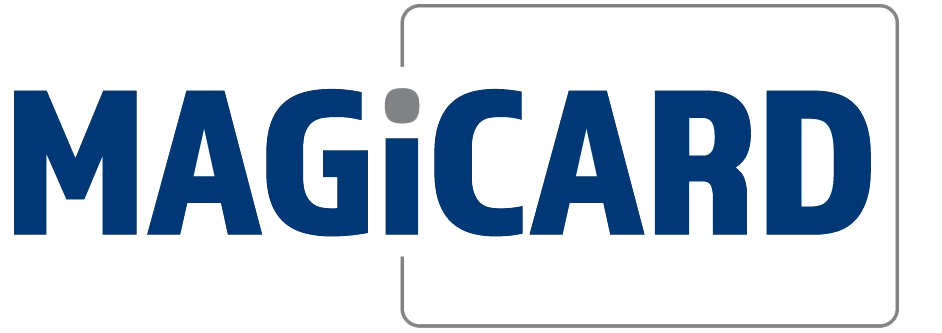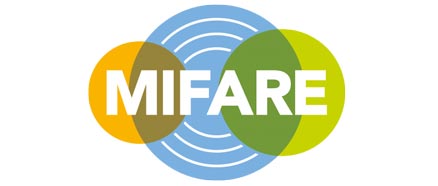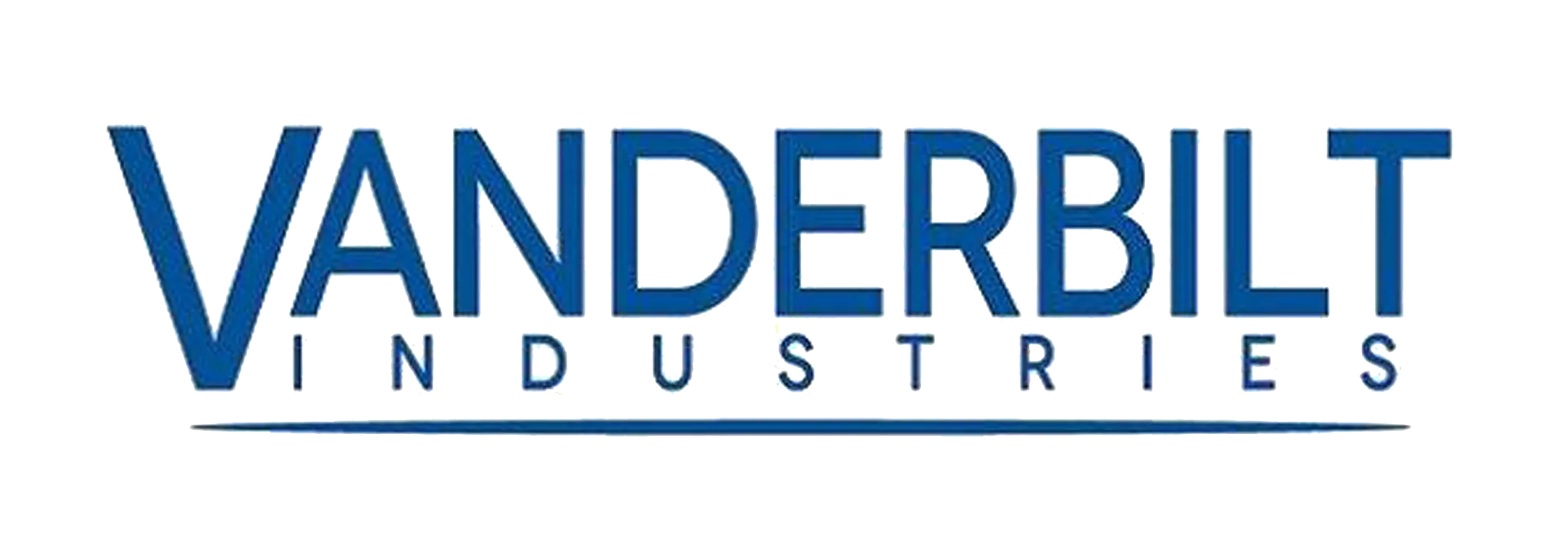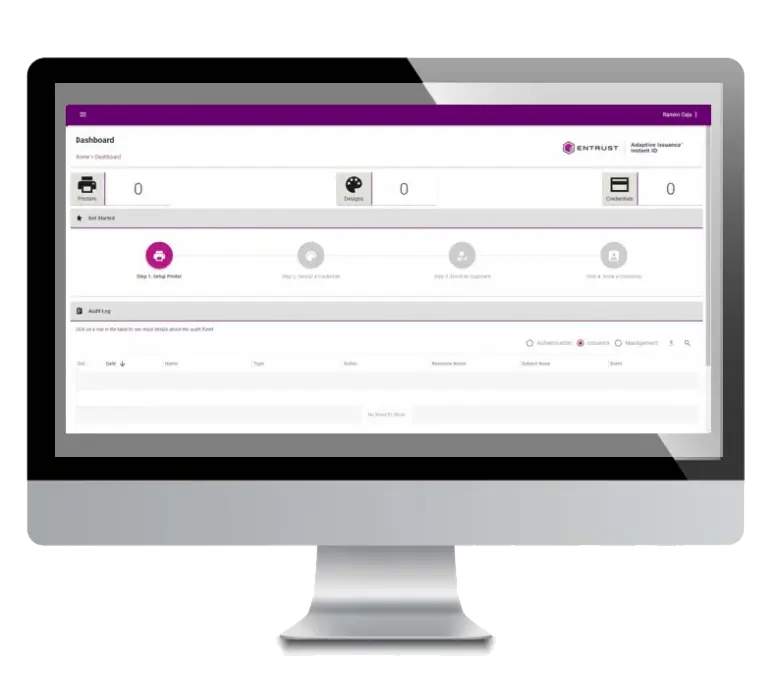ID Card Applications: Education In this new series on the practical applications for ID Cards, we take a look at how ID cards are applied across different industries – starting with healthcare. The Importance of Identity Following on from our previous post in this series surrounding Healthcare, today we’re going to take a look at how ID cards are used in the education sector and how best to leverage them for maximum efficiency. Every educational institution has a responsibility to their staff and students to ensure their well-being while attending the institution, ID cards can help to quickly and easily identify people on campus and reduce risk. Also, they can grant r restrict access to certain areas for certain students and even pay for food, coffee or stationery. Traditionally, ID cards have been used in education purely as a means of identification but thanks to advances in technology can now be used for so much more Keeping an academic campus safe and secure for all personnel is critically important for any educational institution. A simple ID card program is the perfect solution for any educational institution to ensure security, safety and smooth running. Photo ID Visual identity is an everyday part of life in any educational instituion. You need to ensure that the right people have access to the places they need to be and conversely restrict access to those who do not belong. Visual Identity is a simple way to achieve this, a simple flash of an ID card will allow staff, students and visitors to know exactly who they are dealing with. Many educational institutions choose to enhance their cards with a visual security feature such as UV or holographic print to prevent unauthorized reproduction. Data Modern ID cards have the option of an embedded smart chip which can be used to store various information in addition to providing access control functionality. Modern smart cards can contain a lot of information about a person. Student information such as age, date of birth and even medical information can be stored within the cards chip. This can be easily read at any time by somebody with the appropriate mobile reader or app. Physical Access IAnother function of ID Cards is access control. This means cards can be used to grant or restrict access to specific areas. Access is controlled through an external database which can grant or restrict access at the touch of a button. Access cards allow for greater student autonomy in schools allowing students to move between the various areas of the campus simply by swiping their cards. Options mplenting an ID card system into a school can be done two ways: in-house or outsource. Outsourcing involves having a specialist company such as CardLogic take care of all your card printing. In house involves purchasing a card printer and printing the cards as and when you need them. Having an in-house printer is often the best option for schools as they regulalry need to print replacements for lost and stolen cards. For […]
Monthly Archives: October 2019
ID Card Applications: Healthcare In this new series on the practical applications for ID Cards, we take a look at how ID cards are applied across different industries – starting with healthcare. In any healthcare environment, ensuring that patients, staff and data are secure is of the utmost importance. As a hospital administrator, you need to ensure that people cannot gain access to areas they’re not entitled to; you need to keep patient information secure and confidential and you need to issue proof of identity quickly and easily for staff. All of this can be achieved with a well implemented ID card scheme The importance of upholding the security of assets, buildings, staff, patients and – increasingly -data, is fundamental to a healthcare facility. Not only do they have a responsibility for personal safety, but also to protect patient records. ID cards are not only used for identification, but also as a means to grant or restrict access to a particular area The importance of upholding the security of the premises, its staff, patients and data is fundamentally crucial to any healthcare facility. The ability to quickly issue ID cards is a fast and effective way to make sure all staff, visitors and patients have the proper identification issued quickly and easily. Our solutions keep your facility running smoothly allowing you to focus on what really matters – patient care. Photo ID Visual Identity within a medical facility is crucial. Staff ID cards let patients and staff alike know exactly who they are dealing with. Visitors, security and staff need to easily identified and only appropriate people should be allowed access to wards, records etc. ID cards with a visual security feature can protect against unauthorised reproduction and a desktop card printer at reception can used to instantly issue and replace cards to all staff, visitors and patients. Data Modern smart cards have an embedded chip which can be used to store various information as well as restrict or grant access to a specific areas. Patient information such as blood group, allergies and medications can all be stored on such a chip and can be easily read at bedside by a staff member equipped with a mobile card reader. Physical Access ID cards can utilise a variety of technologies to store information and grant access to certain secure areas such as records or supplies. Access can be controlled easily using a database which grants or restricts access to certain card numbers. Options There are two ways to implement such a system into a hospital. Outsource your card printing operation or purchase a card printer machine and print in-house. Printing the cards yourself has the advantage of being cheaper, faster and gives you greater control. Outsourcing the work takes all the manual effort out of it but leaves you with a heftier bill and a longer lead time. Check out our printing services here: ID Card Printing Check out our range of card printers here: Plastic Card Printers Spread the word Facebook Twitter Google-plus […]
Why your business needs loyalty cards Card schemes are instrumental for growing and mainting a loyal consumer base and thereby giving birth to greater profitability. Implementing a loyalty card program can significantly enhance customer retention and drive sales for your business. By rewarding repeat customers, you not only encourage continued patronage but also gain valuable insights into purchasing behaviors. This article explores the benefits of loyalty card schemes and provides guidance on establishing an effective program. Understanding Loyalty Card Programs A loyalty card program rewards customers for their repeat business. Typically, customers earn points for each purchase, which can be redeemed for discounts, products, or exclusive offers. This system incentivizes customers to choose your business over competitors, fostering a sense of appreciation and connection. Advantages for Customers For consumers, printed loyalty cards enhance purchasing power. Accumulated points can lead to cashback opportunities or discounts on future purchases. Additionally, members often gain access to exclusive benefits such as special promotions, early access to sales, or participation in prize draws, adding extra value to their shopping experience. Benefits for Businesses From a business perspective, loyalty programs offer several key advantages: Increased Customer Retention: Rewarding repeat customers encourages ongoing patronage, reducing the likelihood of them switching to competitors. Enhanced Customer Insights: Tracking purchasing patterns through loyalty cards provides valuable data, enabling you to tailor marketing efforts and inventory to meet customer preferences. Competitive Edge: A well-executed loyalty program can differentiate your business in a crowded market, attracting new customers and retaining existing ones. Boosted Sales: Loyalty programs often lead to increased spending, as customers aim to earn rewards, thereby elevating overall sales figures. Implementing a Loyalty Card Program To establish a successful loyalty card program, consider the following steps: Choose the Right Technology: Select a system that integrates seamlessly with your point-of-sale (POS) setup. Options include magnetic stripe cards, barcodes, or smart chips. Ensure compatibility to facilitate smooth transactions and accurate data collection. Design an Appealing Card: An eye-catching design can enhance brand recognition and encourage customers to carry and use the card regularly. Incorporate your business logo, colors, and a clear representation of the rewards structure. Develop a Reward Structure: Create a system that is both attainable and rewarding. For example, offer points per dollar spent, with thresholds for redeemable rewards. Ensure the benefits are compelling enough to motivate repeat business. Promote Your Program: Effectively communicate the benefits of the loyalty program to your customers through in-store signage, social media, and email marketing. Clear messaging will drive enrollment and active participation. Monitor and Adjust: Regularly analyze the program’s performance using collected data. Be prepared to make adjustments to the rewards structure or promotional strategies to maintain customer interest and program effectiveness. Real-World Example: Tesco Clubcard A notable example of a successful loyalty program is the Tesco Clubcard. Launched in 1995, it revolutionized the UK retail industry by offering personalized rewards and promotions based on customer data. This approach not only strengthened customer loyalty but also enabled Tesco to become the UK’s leading […]




